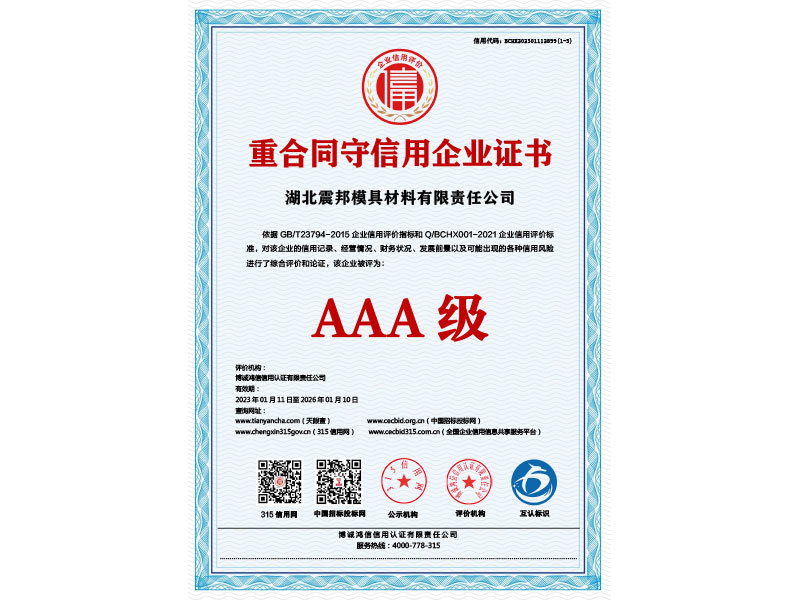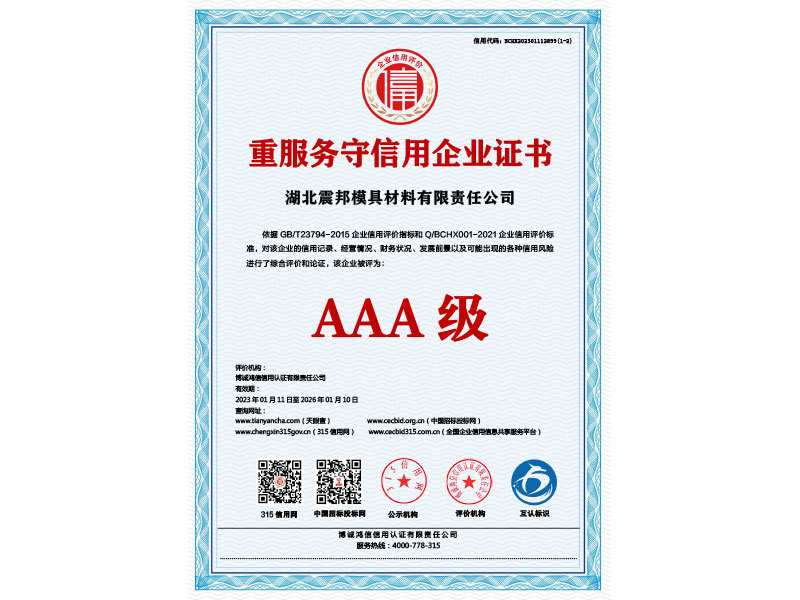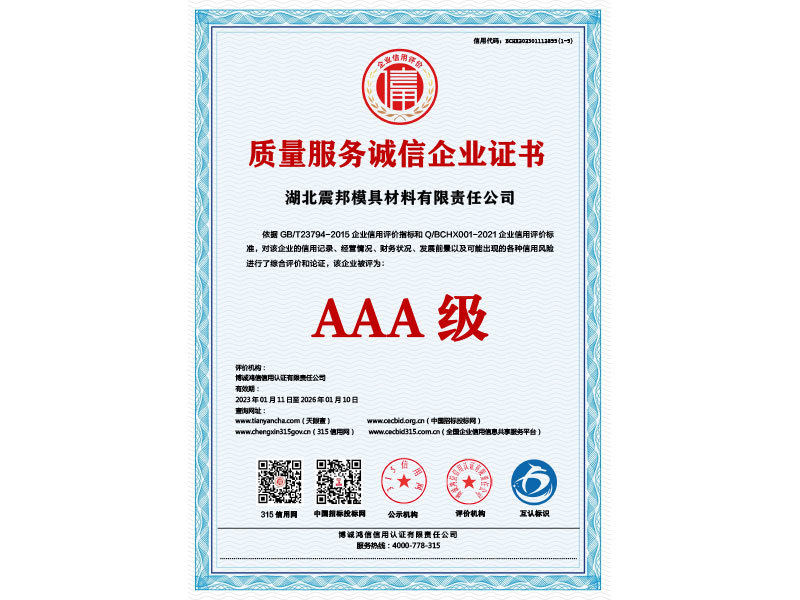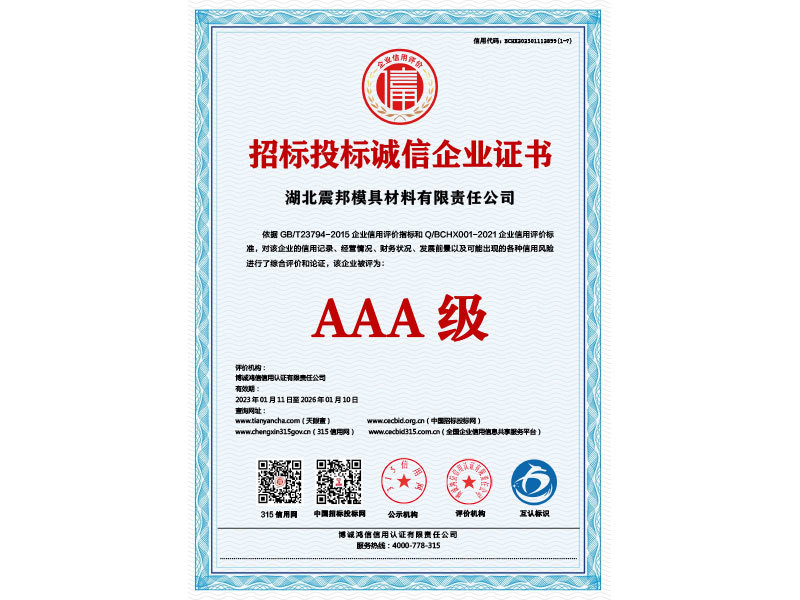4Cr13MoV(S136,4Cr13NiMoV.1.2083)
Category:
S136在中国统称为4Cr13,但是根据客户的实际需求具体分出三种:4Cr13、4Cr13MoV、4Cr13NiMoV,因此客户再定此种材料时最好提供你所需求的成份
Contact:
Production Process









Details
Product information
Item model :4Cr13MoV
US:420ESR
Sweden:S-136
Germany:1.2083
Japan:SKS538
Austria:M310
Product parameter
|
Steelgrade(GB) |
Comparison of Steel Grades by Country | Technical Conditions | Chemical Constituents | ||||||||||||||
|
4Cr13MoV
|
US(420ESR) Sweden(S-136) Sweden(1.2083) Japan(SKS538) Austria(M310)
|
GB/T 1220-1992
|
C |
Cr |
Mo |
V |
S |
P |
Si |
Mn |
Ni |
W |
Al |
Cu |
Nb |
Co |
B |
|
0.36 ¦ 0.45 |
12.00 ¦ 14.00 |
|
|
≤0.030 |
≤0.030 |
≤0.60 |
≤0.80 |
≤0.60 |
|
|
|
|
|
|
|||
Smelting method
-- EF + LF + VD: deep desulfurization by LF (S ≤ 0.030%) and removal of hydrogen/oxygen by VD (O ≤ 20 ppm) to improve purity;
Optional upgrade process: high-end products are further purified by electrostatic remelting (ESR) (such as steel for medical equipment), which significantly reduces inclusions and optimizes isotropic;
Process characteristics
Heat treatment process
Annealing: heat preservation at 780 ~ 820 ℃ for 8 ~ 12 hours, slow cooling (≤ 30 ℃/H) to below 400 ℃, hardness ≤ 230 HBW, optimized machinability;
Quenching: oil cooling at 1050 ~ 1100 ℃, hardness ≥ 50 HRC; fast cooling after heat preservation at 1030 ℃ is recommended for gas quenching process to reduce deformation;
Tempering: fast cooling at 200 ~ 300 ℃ (better corrosion resistance), avoid tempering near 500 ℃ to prevent carbide coarsening;
Pre-hardening innovation: adding 0.01% ~ 0.10% Mo and controlling Cr/C ≥ 33.5, annealing hardness ≤ 200 HB, reaching 30 ~ 36 HRC after pre-hardening, improving machinability;
Forging process
Preheating at 650-750 ℃, initial forging at 1130-1150 ℃, final forging at 800-850 ℃ to avoid cracks. Pre-hardening optimization: The study shows that the hardness can be increased to 56 HRC by holding at 1200 ℃ for 2 hours, and the corrosion resistance can be optimized at the same time.
Purity
Key indicators:
Inclusion control: non-metallic inclusion ≤ 2.0 (GB/T 10561), sulfur and phosphorus content ≤ 0.030%;
Gas content: hydrogen content ≤ 2.0 ppm after vacuum degassing, and the proportion of large size inclusions > 5 μm under ESR process is less than 20%; Special treatment: add rare earth or Ti microalloying to modify the sulfide into spherical shape and reduce stress concentration;
High-end grade: flaw detection of steel for medical equipment reaches SEP1921 E/e (defect ≤ Φ1 mm equivalent);
Microinstruction
Annealed state: spherical pearlite + uniform fine carbide (such as Cr7C3); Quenched and tempered state: tempered martensite matrix + dispersed carbide, no network carbide; Grain size: ASTM 8 ~ 10 grade (fine grain ensures high toughness);
Impact work
Mechanical properties: Tensile strength ≥ 520 ~ 590 MPa, elongation ≥ 15% ~ 20%, reduction of area ≥ 50%; Toughness performance: suitable for medium and low impact load scenarios (such as die-casting die, valve), but lower than high toughness steel (such as 8407);
Ultrasonic flaw detection
ASTM A388/SEP 1921; Level: Ordinary grade: defect ≤ Φ2 mm equivalent; High quality (medical/precision mold): defect ≤ Φ1 mm equivalent (E/e level);
Ex-Factory status
Annealed state: hardness ≤ 201 ~ 230 HB (smooth round, black fur round and other surfaces); Pre-hardening state: 30 ~ 36 HRC (to be customized by protocol);
Size specification
Round steel: Φ 20 ~ 350 mm × 1 ~ 6 m; Precision thimble, mold core;
Plate: thickness 16-300 mm × width 100-1000 mm; Large formwork, medical equipment board;
Square steel: 50 × 50 ~ 300 × 300 mm; Special for insert;
Main features
High corrosion resistance: Cr content is 12% ~ 14%, forms passive film, resists the corrosion of PVC decomposition acid (HCl/HF) and organic acid, and is superior to ordinary die steel;
Mirror polishability
pure fine grain structure, polishing up to Ra ≤ 0.05 μm (applicable to optical lens and household appliance shell);
High hardness and wear resistance: the hardness after quenching is ≥ 50 HRC, and the wear resistance prolongs the service life of the die by 30% +; High temperature wear resistance: maintain excellent wear resistance at high temperature, suitable for hot mold scenes;
Product application area
Resistance to corrosion and rustiness. For molds that use corrosive PVC, acetate and other injection molding materials or must work and be stored in a humid environment.
Wear resistance When using injection molding materials with large wear (including thermosetting injection molding molds) or requiring molds with long working time, such as electronic parts, disposable knives, utensils, etc.
High-gloss smooth surface production of optical products, such as cameras, sunglasses, chemical instruments and plastic products.
Plastic mold: home appliance shell (TV, refrigerator), toys; high finish + corrosion resistance;
Medical equipment: surgical instruments, hyperbaric oxygen chamber components; Organic acid corrosion resistance + sterile surface;
Industrial components: valves, bearings, springs, hot oil pump valves; High hardness + wear resistance;
Cutting tools and precision parts: kitchen knives, industrial cutting tools; High temperature wear resistance + corrosion resistance;
Packing and shipping
Generally, packing and transportation will be arranged according to the customer's requirements, whether to pack and arrange the appropriate mode of transportation, vehicles, such as whether to directly load and transport, whether to pack steel belts, whether to pack and spray marks, etc.


Keywords:
4Cr13MoV(S136,4Cr13NiMoV.1.2083)
FAQ
Q How should I choose the right die steel material for my die?
Ans: There are several key factors to consider when selecting a die steel, including: Mold use: injection molding? Die casting? Stamping? Cold work? Hot work? Processing material: plastic type (including glass fiber?) , metal type, yield requirements. Performance requirements: wear resistance, toughness, corrosion resistance, high temperature strength, polishing, dimensional stability. Budget: The price of different material grades varies greatly. Processing conditions: working temperature, stress, cooling mode. Suggestion: Provide as much detail as possible about the application of the die, or contact our technical sales team directly, and we will recommend the most suitable material grade according to your specific needs.
Q Is the die steel provided by you genuine? How to ensure the quality of materials?
Ans: Yes, the die steel we provide is produced and processed independently. We have long-term cooperation with first-line brands at national and abroad to ensure that all materials are genuine. We provide a complete original warranty (material certificate), including key data such as chemical composition and physical properties. We will also carry out strict factory re-inspection of some materials to ensure that the quality meets the standards.
Q The price of die steel fluctuates greatly. What are the main factors affecting the price?
Ans: The price of die steel is mainly affected by the following factors: Raw material cost: market price fluctuation of alloy elements (such as chromium, molybdenum, vanadium, tungsten, etc.). Production process: ESR, VD/VAR and other special processes increase the cost. Grade and brand of material: The price of material with high performance and famous brand is higher. Specifications and sizes: Premium prices may apply for special sizes, large sizes, or small quantities. Market supply and demand: changes in supply and demand in global and regional markets. Processing state: the price of pre-hard state (such as P20, 718, NAK80, etc.) Is higher than that of annealed state. We will provide a transparent and reasonable quotation according to the market situation.
Q What is time for delivery?
Ans: The delivery time depends on: Material inventory status: Common brands and specifications We usually have in stock, can achieve faster delivery (for example: 1-3 working days). Material specification and status: special size, uncommon brand or special treatment (such as pre-hardening, deep processing) may need to be ordered, the cycle is relatively long (for example: 1-6 weeks). Order size: Large orders may require coordinated production scheduling. Please tell us your specific requirements (brand, specification, status, quantity) at the time of inquiry, and we will provide the most accurate delivery information.
Q Can you provide heat treatment or processing services after the purchase of die steel?
Ans: Yes, we provide complementary professional services: Heat treatment: With professional heat treatment equipment (vacuum quenching, cryogenic treatment, tempering, etc.) And strict process control, we can provide customers with precise heat treatment services (according to material brand and hardness requirements). Finish machining: We can provide precision machining services such as milling, grinding (surface grinding, internal and external grinding), wire cutting, EDM, etc. According to customer's drawings. Please provide your specific needs (drawings, technical requirements), and we will evaluate and provide quotations and service programs.
Q The mold cracks and wears too fast during use. What are the possible reasons? Is it related to the material?
Ans: The causes of mold failure are complex and diverse, which may be related to materials, but also involve many links such as design, processing, heat treatment, service conditions, etc.: Material factors: improper selection of materials (performance does not match the working conditions), internal defects of materials (inclusions, segregation), counterfeit and shoddy materials. Heat treatment factors: Improper process leads to poor structure, uneven hardness and excessive residual stress. Design/processing factors: stress concentration, poor surface roughness, too deep tool marks. Usage factors: overload, insufficient lubrication, poor cooling, improper maintenance. Suggestion: In case of failure, please provide detailed information as much as possible (material grade, heat treatment status, photos of failure location, description of working condition). Our technical team can assist you in preliminary analysis to determine whether it is related to the material or provide suggestions for improvement.
Q Do you have a minimum order quantity (MOQ) requirement for your die steel products?
Ans: For the stock of conventional grades and specifications, we usually do not have strict MOQ restrictions, and can be purchased according to the actual needs of customers. For materials requiring special orders (such as unusual grades, special sizes, customized heat treatment/processing), Certain MOQ requirements may be set to ensure the economy of production, usually a minimum of 8 tons. Please consult our sales staff for specific MOQ before placing an order.
Q In addition to standard grades, can you offer special die steels with custom compositions?
Ans: We mainly deal in standard grades of die steel, which are widely proven to meet the needs of most applications. For the development of customized alloys with special performance requirements, this usually involves a large amount of R & D investment and production coordination, which is costly and takes a long time. We recommend that priority be given to the material closest to the demand from among the existing mature grades, or to meet special requirements by optimizing the heat treatment and surface treatment. If there is a need for customization, please specify the technical requirements and we will evaluate the feasibility.
Other Related Products
Qualifications
Production equipment

Gantry Milling Machine

Lathe

Sawing Machine

3000-Ton Stamping Presses

Annealing Furnace

Laboratory Hydrogen Oxygen Nitrogen Gas Analyzer

Forge Hammer

Vacuum Degassing Furnace

Steelmaking Workshop Production

Steelmaking Production Operations

Production of Steel Ladles

Producing Electric Arc Furnace

Steel Production

Refined Furnace Exterior Photo

Refining Furnace Operating Room
Leave a message

Address: No. 128, Zhang Zhihe Avenue, Dapaishan Village, Xisaishan District, Huangshi City, Hubei Province







